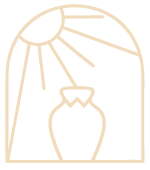The Essence of Moroccan Craftsmanship
Moroccan crafts are deeply rooted in the country’s history, geography, and cultural diversity. The art of creating functional and decorative objects by hand has been passed down through generations, with each region of Morocco contributing its unique techniques and styles. From the intricate woodwork of Fez to the vibrant textiles of Rabat, Moroccan artisans have mastered the art of blending form and function.
At the heart of Moroccan craftsmanship lies a commitment to authenticity and quality. Artisans often use locally sourced materials, such as clay, wool, and metal, to create pieces that are not only beautiful but also sustainable. This dedication to tradition and sustainability has made Moroccan crafts a favorite among designers and homeowners seeking to infuse their spaces with warmth, character, and a sense of history.
Among the many artisanal crafts that Morocco is renowned for, pottery holds a special place. Moroccan pottery is celebrated for its bold colors, intricate patterns, and unique shapes. Each piece is a testament to the skill and creativity of the potter, who often spends hours, if not days, handcrafting and hand-painting a single item.

The Timeless Appeal of Moroccan Pottery
1. **The Art of Zellige Tiles**
One of the most iconic forms of Moroccan pottery is the Zellige tile. These hand-cut, glazed tiles are a hallmark of Moroccan architecture and design. Traditionally used to decorate walls, floors, and fountains in mosques and palaces, Zellige tiles have found their way into modern homes as well. Their geometric patterns and vibrant colors add a touch of Moroccan elegance to any space, whether it’s a kitchen backsplash, a bathroom wall, or a decorative accent in a living room.
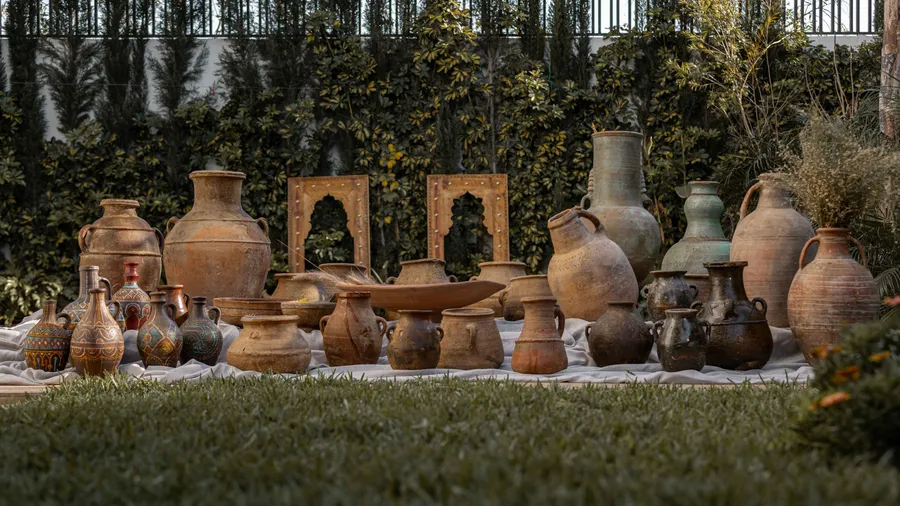
The process of creating Zellige tiles is labor-intensive and requires a high level of precision. Each tile is cut by hand and then assembled into intricate mosaics. The result is a stunning visual effect that captures the essence of Moroccan design. In contemporary home decor, Zellige tiles are often used to create focal points, adding depth and texture to a room.
2. **Tagines and Ceramic Tableware**
Another prominent example of Moroccan pottery is the tagine, a traditional cooking vessel that has become a symbol of Moroccan cuisine. The tagine’s distinctive conical lid is not only functional, allowing for slow, even cooking, but also serves as a beautiful centerpiece on the dining table. In recent years, tagines and other Moroccan ceramic tableware, such as bowls, plates, and serving dishes, have gained popularity in kitchens and dining rooms around the world.
Moroccan ceramic tableware is often adorned with intricate patterns and vibrant colors, making it a perfect choice for those looking to add a touch of exotic flair to their home. Whether used for everyday meals or special occasions, these pieces bring a sense of artistry and tradition to the dining experience.
3. **Decorative Pottery and Vases**
Moroccan pottery is not limited to functional items; it also includes a wide range of decorative pieces, such as vases, planters, and ornamental bowls. These items are often hand-painted with traditional motifs, such as geometric patterns, floral designs, and calligraphy. The use of bold colors, such as cobalt blue, emerald green, and deep red, adds a sense of drama and sophistication to any space.
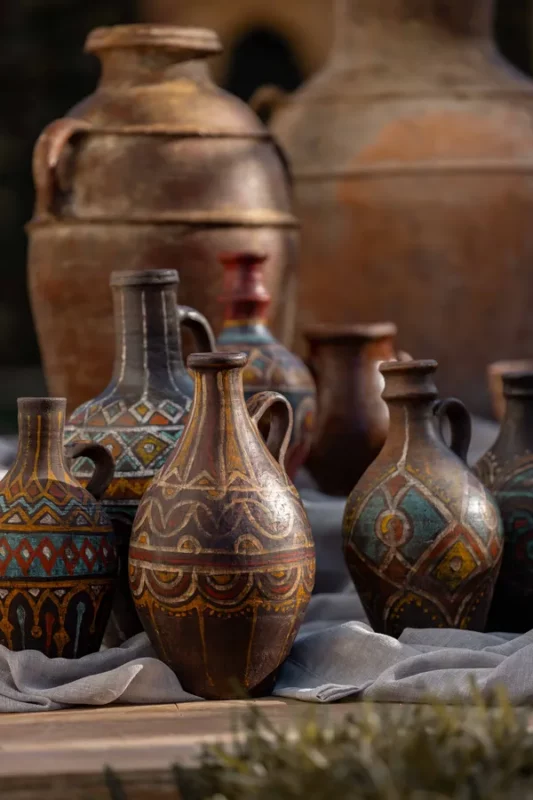
In modern home decor, Moroccan decorative pottery is often used to add a pop of color and texture to a room. A large, hand-painted vase can serve as a striking centerpiece on a coffee table, while a collection of smaller pieces can be displayed on shelves or mantels to create a cohesive look. The versatility of Moroccan pottery makes it a valuable addition to any design scheme, whether it’s bohemian, minimalist, or eclectic.
The Influence of Moroccan Pottery in Contemporary Design
The influence of Moroccan pottery in contemporary home decor and design is undeniable. Its unique blend of tradition, artistry, and functionality has made it a favorite among designers and homeowners alike. Here are some ways in which Moroccan pottery has shaped modern design trends:
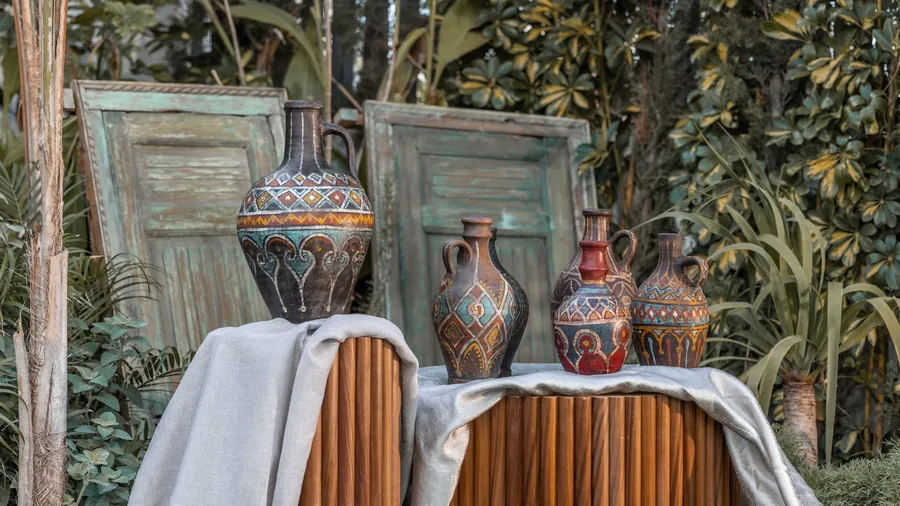
1. **Bohemian and Eclectic Styles**
Moroccan pottery is a natural fit for bohemian and eclectic design styles, which celebrate individuality, creativity, and a mix of cultural influences. The bold colors and intricate patterns of Moroccan pottery add a sense of warmth and personality to these spaces. In a bohemian-inspired living room, for example, a collection of Moroccan vases and bowls can be paired with textured rugs, patterned cushions, and vintage furniture to create a cozy, inviting atmosphere.
2. **Minimalist and Modern Spaces**
While Moroccan pottery is often associated with bold, vibrant designs, it can also be incorporated into minimalist and modern spaces. In these settings, the focus is on the form and craftsmanship of the pottery, rather than its decorative elements. A simple, hand-thrown Moroccan vase in a neutral color can serve as a subtle yet striking accent in a minimalist living room or bedroom. The clean lines and organic shapes of Moroccan pottery complement the sleek, understated aesthetic of modern design.
3. **Global and Fusion Styles**
Moroccan pottery is a key element in global and fusion design styles, which draw inspiration from different cultures and traditions. In a globally inspired home, Moroccan pottery can be mixed with pieces from other parts of the world, such as Indian textiles, African sculptures, and Scandinavian furniture. The result is a rich, layered look that reflects the diversity and interconnectedness of our world.
Incorporating Moroccan Pottery into Your Home
If you’re looking to incorporate Moroccan pottery into your home, there are several ways to do so. Here are some tips to help you get started:
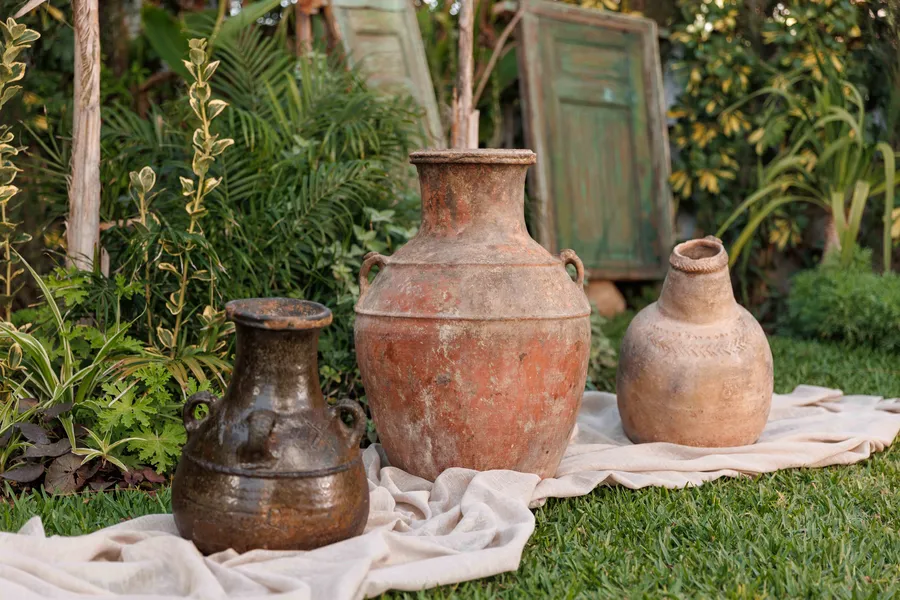
1. **Start Small**
If you’re new to Moroccan design, start by incorporating small pieces of pottery, such as bowls, vases, or candle holders. These items can be easily mixed with your existing decor and will add a touch of Moroccan flair to your space.
2. **Create a Focal Point**
Use a large, statement piece of Moroccan pottery, such as a vase or planter, to create a focal point in a room. Place it on a coffee table, mantel, or side table to draw the eye and anchor the space.
3. **Mix and Match**
Don’t be afraid to mix and match different styles and patterns of Moroccan pottery. The key is to find a common thread, such as color or shape, that ties the pieces together. For example, you could create a cohesive look by grouping vases and bowls in shades of blue and green.
4. **Layer Textures**
Moroccan pottery looks especially striking when paired with other textured elements, such as woven rugs, embroidered cushions, and carved wood furniture. Layering textures adds depth and interest to a space, creating a rich, inviting atmosphere.
5. **Use in Unexpected Ways**
Think outside the box when it comes to using Moroccan pottery in your home. For example, a large Moroccan bowl can be used as a fruit bowl or a centerpiece on a dining table, while a tagine can be displayed as a decorative object in a kitchen or dining room.

Conclusion
Moroccan crafts, particularly pottery, have had a profound influence on home decor and design. Their bold colors, intricate patterns, and timeless appeal make them a versatile and valuable addition to any space. Whether you’re drawn to the bohemian charm of Zellige tiles, the functional beauty of tagines, or the decorative elegance of hand-painted vases, Moroccan pottery offers endless possibilities for creating a home that is both stylish and meaningful.
As we continue to seek ways to infuse our homes with warmth, character, and a sense of history, the artisanal crafts of Morocco remind us of the enduring power of tradition and the beauty of handmade objects. By incorporating Moroccan pottery into our homes, we not only celebrate the rich cultural heritage of Morocco but also create spaces that are truly unique and personal.
